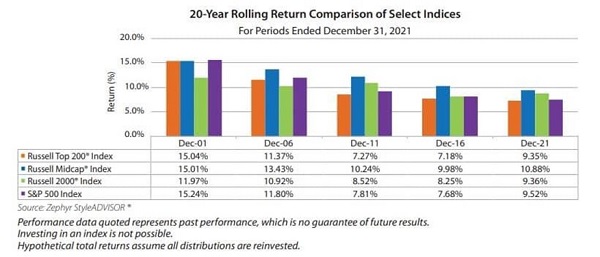Quarterly dividends.
Getting paid every 90 days. Ninety. Who wants to wait that long?
That’s life as a vanilla income investor. These poor folks (literally!) have no idea about “special dividend” stocks.
These are companies that pay each shareholder hundreds, thousands, even tens of thousands of dollars a year more than expected. The payments often come around the holidays. Think of them as year-end bonuses.
Beats a subscription to the jelly-of-the-month club!
These special dividends can make a big retirement difference. I’m talking about a 1.3% “headline yield” that actually adds up to 6%, and a 4% print that really totals 11% per year.… Read more



Recent Comments